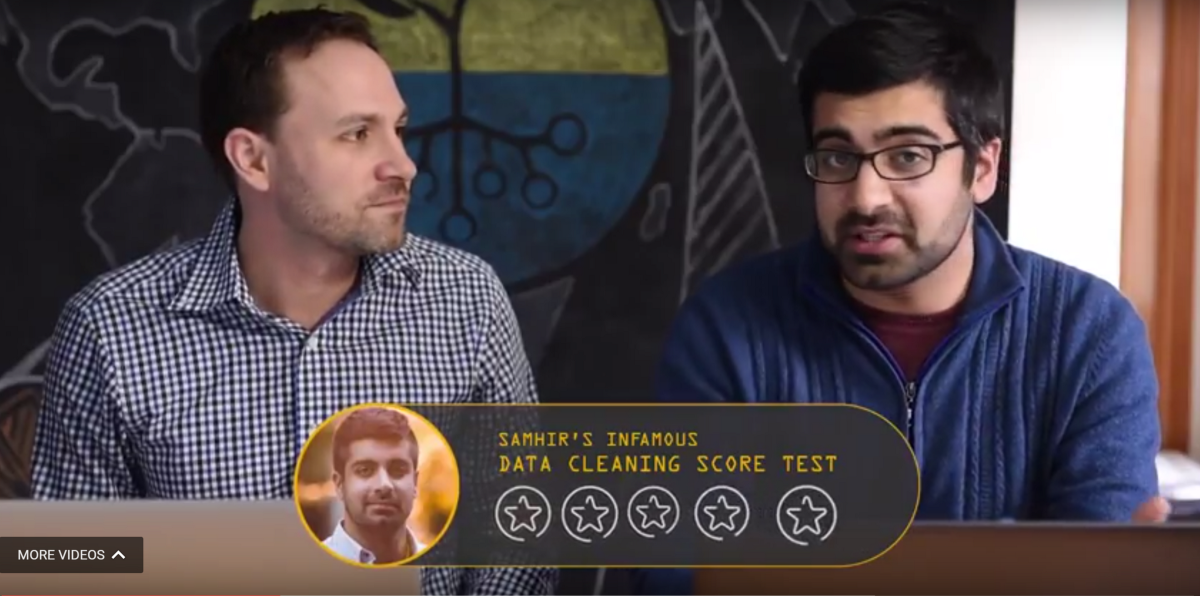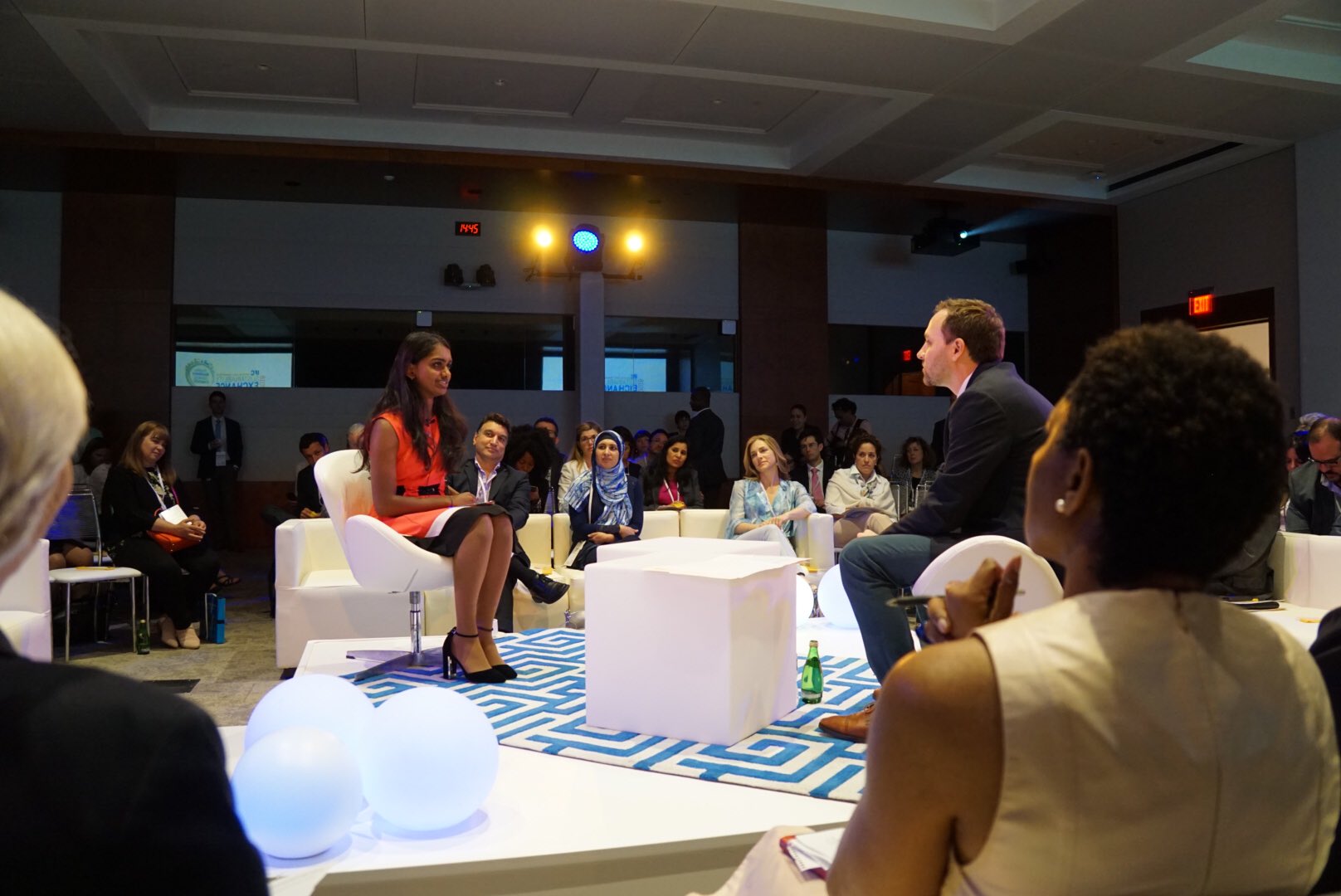For nearly two thousand years, Silk Road land and sea routs — which created an “intercontinental think tank of human ingenuity” in terms of trade and communication — connected the Mediterranean to Persia, Indian to Japan, and many more places within Eurasia. Media technologies, such as the printing press, even found their way across these merchant paths some years ago. Today, now online, “The Silk Road Project takes inspiration from this age-old tradition of cross-cultural exchange.”
A localized trade-rout of information exchange, becoming more and more digitally advanced, is connecting Afghans to Afghans in ways never before imagined. The culture of media esteem in Afghanistan has found a new presence, post-Taliban regime. In light of media advancements — radio, television, cinema, theater, Internet — the mobile phone has been coined as one of the most successful, connecting millions of Afghans in both rural and urban areas. Mobile phones have become the new medium of communication for a traditional Jirgas: informal way of implementing Justice and Rule of Law, wherein tribal elders and men of the community gather to discuss such issues of concern. Though more convenient and a great step toward enhancing security — and thus heightened participation — this cell phone alternative means no more communal gatherings under trees or in mosques.
From the traditional trade route to mobile meetings, Afghanistan is now incorporating a mix of the two: international and national routs of communication via new online crowdsourcing social media outlets.
Beyond the digital M-Jirga, Internet communications are bringing new light to the cross-border digital roads, especially in electoral climates. In past years, social medias have been utilized to track events unfolding on election days worldwide, from Ushahidi in Kenya 2008 to Twitter in Iran 2009. Now, in 2010, let’s take a look at Afghanistan.
On Saturday 18 September 2010, Afghanistan’s Wolesi Jirga (Lower House Parliamentary) postponed elections finally took place. The elections saw almost 5,900 polling stations open countrywide, with 25,000 plus candidates — women included — in the running to contest the county’s 249 parliamentary seats. In light of these elections, Al Jazeera went interactive, monitoring voter’s access to polling stations.
With help from the international community (UNAMA and UNDP/ELECT), the elections were organized by the Independent Election Commission of Afghanistan (IEC), a professional election management body, which seeks conduct free and fair elections where transparency and accountability reign high. Also playing a role was Afghanistan’s independent Electoral Complains Commission (ECC), established under the country’s Electoral Law, which considers eligibility challenges faced by both candidates and voters.
Until the Wolesi Jirga election results are revealed, hopefully by the end of November, Afghanistan’s digital roads paint a picture as to how Election Day panned out.
Ushahidi’s Alive in Afghanistan, the online crowdsourcing project introduced during the country’s 2009 incumbent-winning Presidential election, was used during the 2010 Wolesi Jirga election. The website provides “context to the coverage of Afghanistan’s presidential election” by sourcing information from Afghanistan’s leading news agency Pajhwok and by Tweeters — using mobile phones and computers — tweeting information to #afghan10.
Since 1983, the nonprofit and nonpartisan National Democratic Institute (NDI) has worked toward supporting and strengthening democratic institutions worldwide through citizen participation and openness and accountability in government. NDI establishes and strengthens political and civic organizations, safeguards elections and promotes citizen participation, openness and accountability in government. NDI has been in Afghanistan since 2002, working with the country’s 34 provincial councils and staffing over 100 employees.
NDI created Afghanistanelectiondata.org (AED), a crowdsourcing website that has monitored and observed the country’s electoral processes for the past six years. This website has worked to incorporate published data, visualization tools and documentation of presidential and parliamentary elections in Afghanistan, for the past six years. Stay connected to the website for upcoming information on this year’s Wolesi Jirga elections.
From the beautiful traditions beheld by the Silk Road, to new mobile meetings, to crowdsourced electoral festivities panning out online; methods of communication are ever-changing in Afghanistan, and rightfully — digitally — so.
So, what’s next? Using the M-Jirgas platform to cast votes? Rather than having a donkey transport ballot boxes, could mobile phones eventually do the job?



